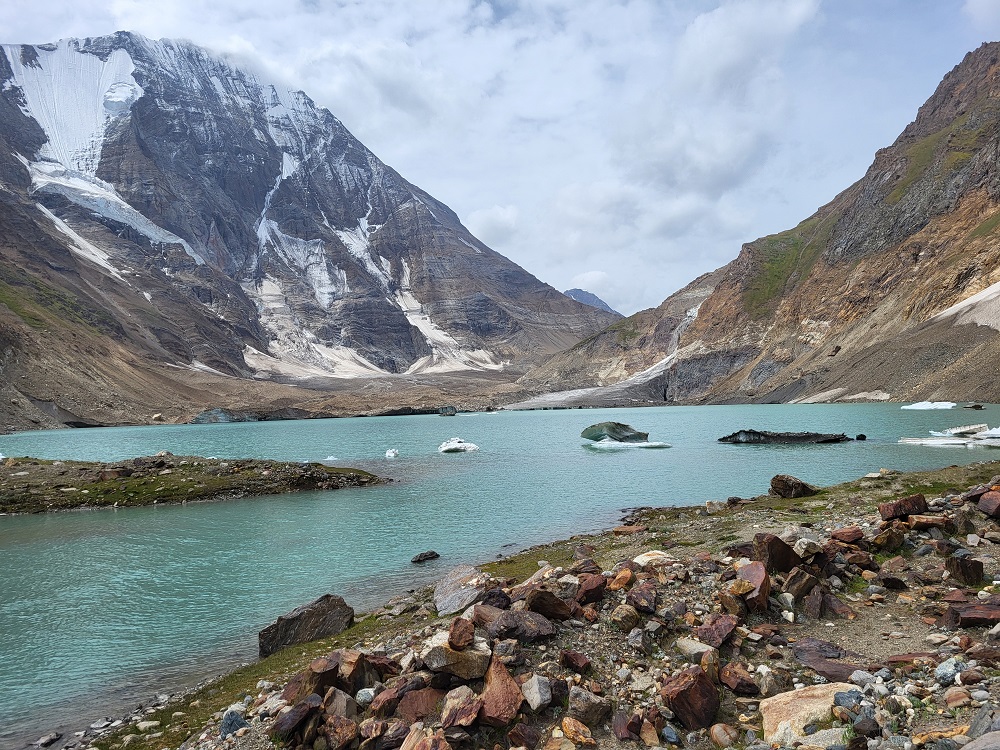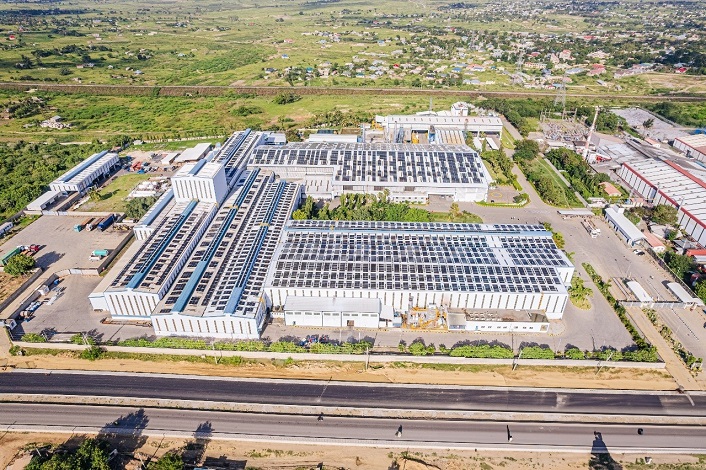New scientific research in the Himalaya, Alps and Arctic set to improve observations and predictions of changes in glaciers, snow, water, and related hazards.
Coinciding with the United Nations’ International Year of Glaciers’ Preservation and the Decade of Action for Cryospheric Sciences (2025-2034), Indian and European scientists are stepping up efforts to understand and protect the planet’s most vulnerable frozen regions.
A new joint Indo-European project, CryoSCOPE, brings together four research institutes from India – IIT-Madras, University of Kashmir, IIT-Kharagpur and IIT-Roorkee – as well as partners from across Europe, to investigate the complex interactions and associations between snow, ice, meteorology, air pollution, and downstream water hydrology in the Himalayan region, to understand how regional and global changes are impacting glacier environments.
“CryoSCOPE addresses critical challenges in quantifying and forecasting high-latitude and high-elevation cryosphere-atmosphere-hydrosphere dynamics by integrating advanced observations, multi-scale modelling, and AI. This is an interdisciplinary effort to generate robust, evidence-based insights to support climate adaptation, inform IPCC assessments, and promote the UN SDGs. CryoSCOPE offers open-source data and tools, enabling broad scientific collaboration and impactful applications for hydropower, forestry, and disaster risk management.”
– Rakesh Hooda, CryoSCOPE Coordinator, Finnish Meteorological Institute
Glaciers in the Himalaya are melting at nearly twice the rate observed just two decades ago. In India, this rapid loss threatens long-term water security for millions and increases the risk of devastating floods and landslides. Scientists warn that the continued retreat of these ice reserves could push mountain ecosystems closer to dangerous tipping points:
“Present-day climate models lack the capability to reliably predict how Himalayan glaciers will evolve in response to ongoing climate change. A critical need, therefore, is integrated, catchment-scale measurements of glacier-atmosphere-hydrology interactions across the Himalaya. CryoSCOPE is addressing this critical gap by establishing a comprehensive observational network and research infrastructure across the Indian Cryosphere. We aim not only to advance our fundamental understanding of cryospheric processes but also to improve representation of these processes in climate models and enhance machine learning/AI applications tailored to high-altitude Himalayan regions. Ultimately, this will contribute to better regional water predictions and smarter, evidence-based adaptation strategies to manage the impacts of climate change.”
– Chandan Sarangi, Associate Professor, IIT-Madras and the Principal Investigator of the CryoSCOPE Indian Consortium.
Co-funded by the Ministry of Earth Sciences (MoES), CryoSCOPE is a ground-breaking initiative to study how the interaction of the cryosphere, atmosphere, and hydrosphere (CAH) affects ecosystems, water cycles, and climate feedback loops of glaciated catchments.
Key Research Activities Include:
CryoSCOPE is establishing a state-of-the-art research infrastructure at a super site in the Chalong Catchment, Ladakh, located in the Western Himalaya. This site will enable integrated, long-term observations of key cryosphere, atmospheric and sub-surface processes, including:
- Glacier mass balance and dynamics
- Proglacial lake evolution
- Seasonal snow accumulation and snowpack evolution
- Permafrost sensing surface temperature network
- Atmospheric profiles of temperature, humidity, and wind
- Aerosol and microplastic transport and deposition in snow and ice
- Surface Energy balance and fluxes
- Automatic weather stations at three different elevations
- Downstream surface water hydrology
- Water isotopes for hydrological partitioning
These measurements will be collected through advanced sensor networks and targeted field campaigns, generating critical data to understand glacier response to climate change. Focused on understanding the influence of aerosols, local microclimates/wind circulation and shifting precipitation patterns on the annual glacier mass balance, particularly in the Western Himalaya.
The observations will also support improved disaster risk assessment and preparedness, particularly for glacier-related hazards such as GLOFs and permafrost degradation.
Climate-Driven Cryospheric Hazards: This includes the study of glacial lake outburst floods (GLOFs), permafrost degradation, and their potential downstream impacts – critical for hazard risk assessment and mitigation strategies in high mountain regions.
Lastly, Cryoscope aims for Regional Water Availability Predictions: Leveraging improved, high-resolution, data-constrained coupled climate–hydrological models to simulate future scenarios of water availability under climate change. This has direct implications for drought preparedness, sustainable water management, and hydropower viability across the Western Himalayas.
Why CryoSCOPE matters for Indian Himalaya:
In the remote western Himalayas, traditional farmers who, like generations before her, depends entirely on glacier-fed streams to irrigate her barley fields. Each summer, they watch anxiously as the glacier melt begins—too little means drought, too much means devastating floods. What makes the Indian glaciers uniquely vulnerable is their exposure to both polluted winds drifting from the heavily polluted South Asia and China and a mid-tropical environment that accelerates melting in unpredictable ways. This delicate balance between life and ice underscores a vital truth: for communities like that of Suru Valley, the health of the glacier ecosystem is not just an environmental issue—it is a question of survival, culture, and continuity in one of the world’s most climate-sensitive mountain regions. As the impacts of climate change escalate, our international consortium of around 25 scientists and researchers behind CryoSCOPE aim to provide cutting-edge research to equip policymakers and communities of Western Himalayas with the tools they need to adapt and protect our cold regions for future generations.



